Thinking of planting a tree? Usually the best choice of trees to plant are species native to Kingston. These are trees that have been growing in the Kingston area for centuries - they're not only a part of our history, but also optimally conditioned to the growing conditions of the Kingston area.
A "native tree" is a species that had been growing in the area before the arrival of early settlers. Since then, deforestation and the introduction of invasive species have seriously negativley affected the number of standing native trees. This has had a lasting, and devastating impact on our local ecology.
Planting a native species of tree helps to re-establish the original eco-system of the Kingston region. Native trees will also generally leaf out later in the season and drop leaves sooner than non-native species which allows the sun to reach the understory of the tree for a longer period, allowing lower growing plants to perform better.
 Alternate-Leaf Dogwood |
 American Beech |
 American Elm |
 American Mountain-Ash |
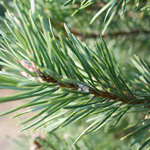 Balsam Fir |
 Balsam Poplar |
 Basswood |
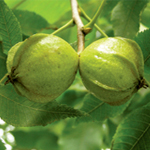 Bitternut Hickory |
 Black Ash |
 Black Oak |
 Black Spruce |
 Black Willow |
 Blue-Beech |
 Bur Oak |
 Butternut |
 Chokecherry |
 Eastern Hemlock |
 Eastern Redcedar |
 Eastern White Cedar |
 Eastern White Pine |
 Green/Red Ash |
 Hawthorns |
 Ironwood |
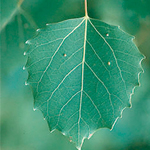 Largetooth Aspen |
 Northern Hackberry |
 Peachleaf Willow |
 Pin Cherry |
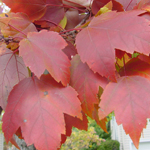 Red Maple |
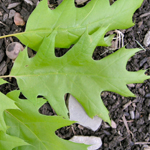 Red Oak |
 Red Pine |
 Serviceberries |
 Shagbark Hickory |
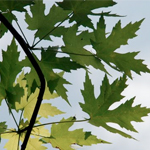 Silver Maple |
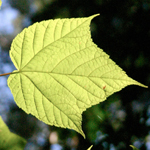 Striped Maple |
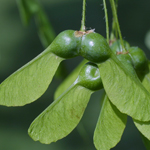 Sugar Maple |
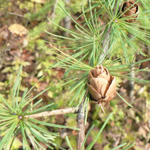 Tamarack |
 Trembling Aspen |
 White Ash |
 White Birch |
 White Oak |
 White Spruce |
 Yellow Birch |
Since native trees have developed in this region, they are obviously better suited to grow here than an alien species. They are very well suited to our climate and soil types and, once established; require much less water and fertilizer than non-native species. This not only saves the homeowner money, it also relieves pressure from our water supply and keeps our landscape free of chemical fertilizers. Native species have also grown along side our local insect population and have developed natural defenses to ward off these pests. Fungal infections are less likely to attack a native tree, because it’s overall health should be better than a non-native one. Since these trees are resistant to infestations of pests and diseases, the homeowner is required to use less pesticides/fungicides. This benefit’s both our environment and the pocketbook.
 Reviews
Reviews

